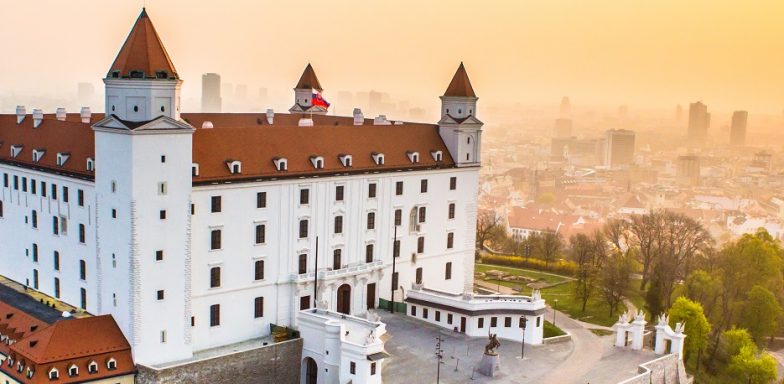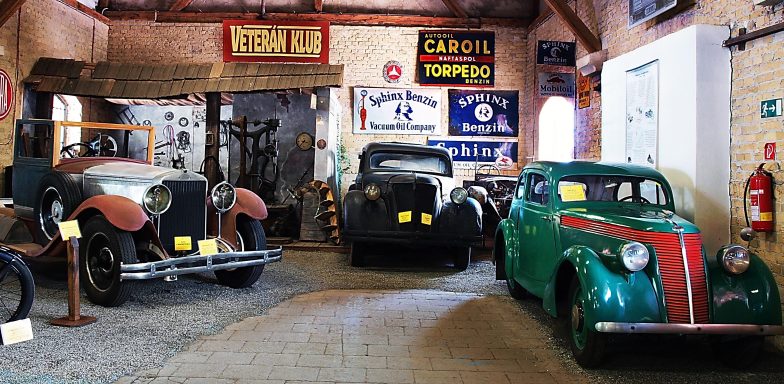
One of Bratislava’s most interesting museums, at least for the technically-inclined, is the Museum of Transport, adjacent to the city’s main railway station.
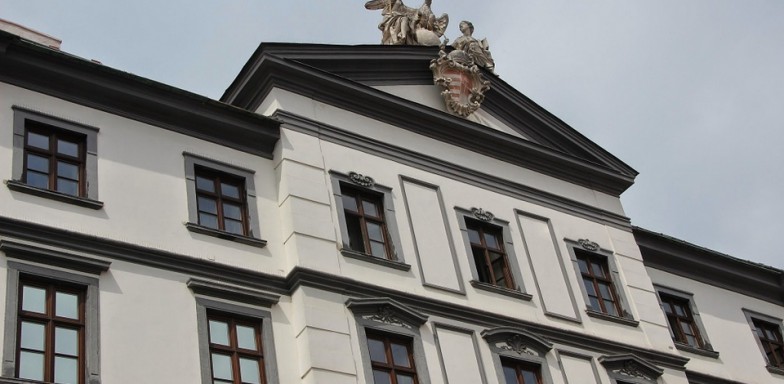
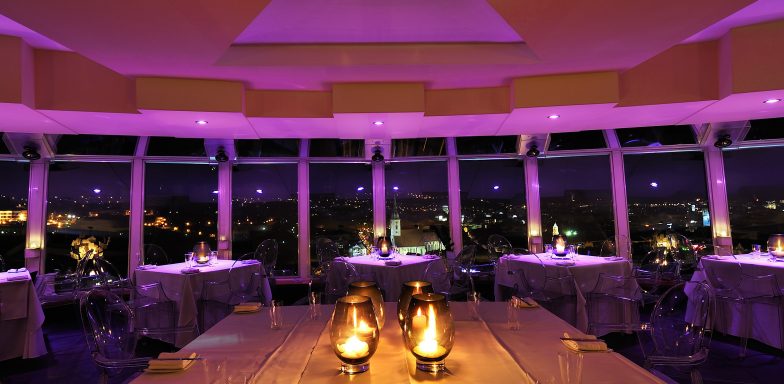
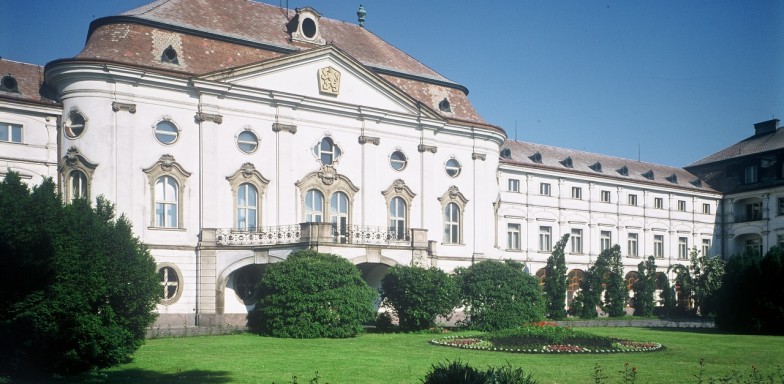
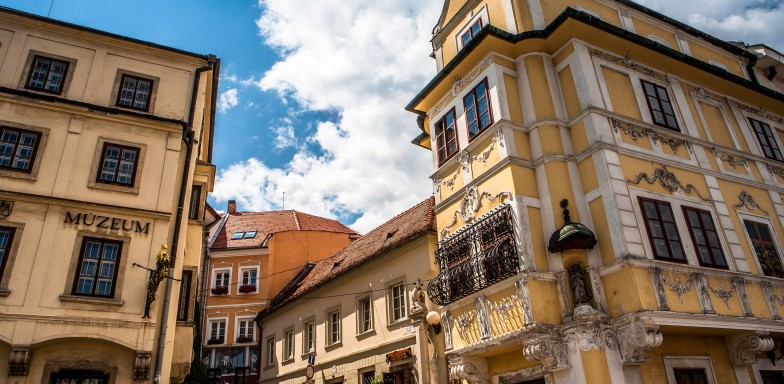
Housed within one of Bratislava’s finest rococo buildings, this exhibition of antique timepieces covers clockmaking from the late 17th to the late 19th century.
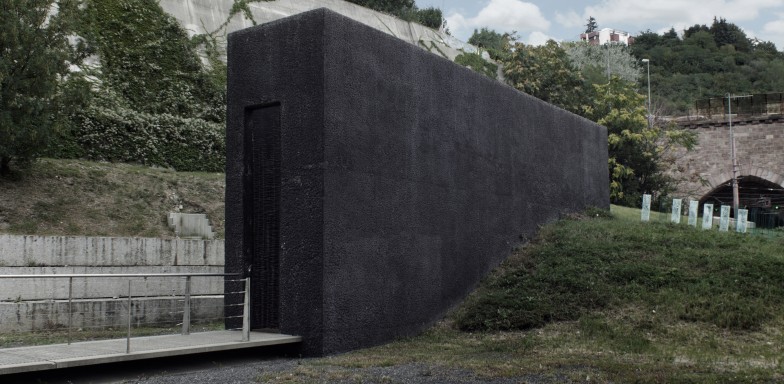
This memorial was named after the main pressburg’s Rabbi Moshe Schreiber, also known as Chatam Sofer, who was one of the leading personalities of european judaism in the 19th century.
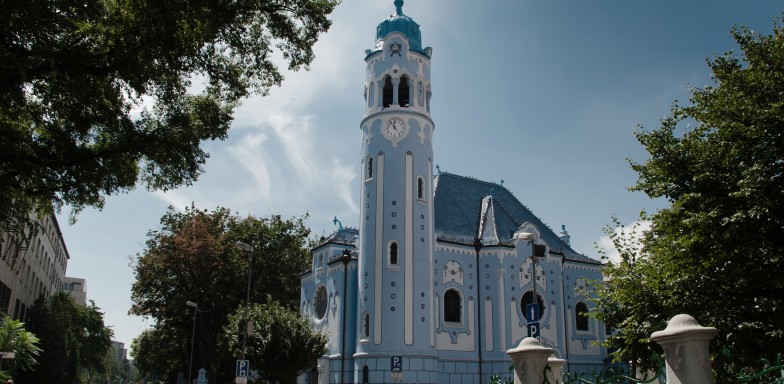
Officially known as the Church of St Elizabeth of Hungary, but commonly referred to simply as ‘the Blue Church’ for obvious reasons, this is Bratislava’s most appealing art nouveau building.
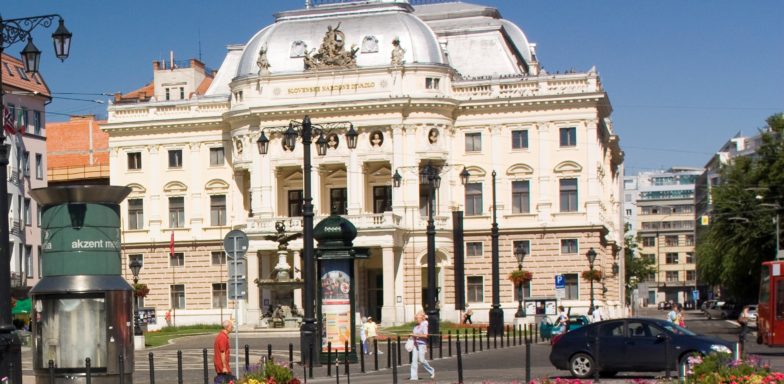
Bratislava’s opera house – known officially as the historical building of the Slovak National Theatre – is a Neo-Renaissance-style building opened in 1886 as the City Theatre, according to the design of Viennese architects F. Fellner and H. Helmer.
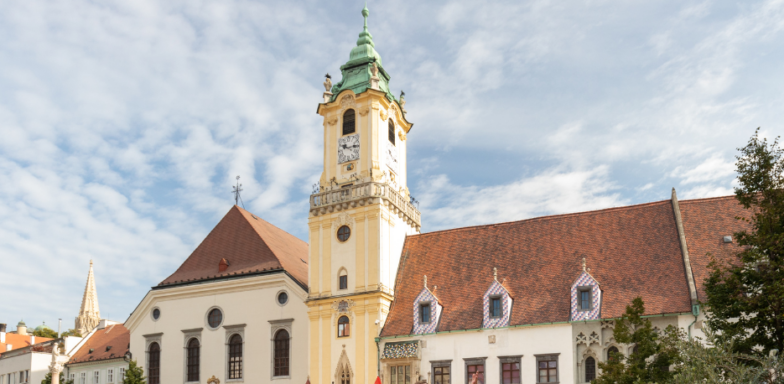
The history of the Old Town Hall dates back to the beginnings of the mediaeval town in the 13th century.
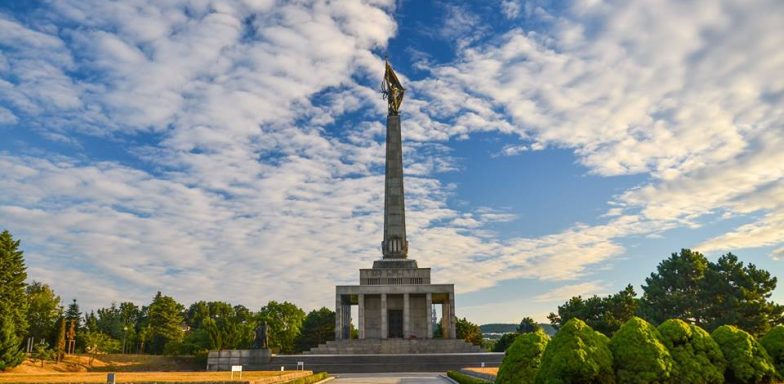
The gigantic Slavín war memorial is visible from much of the city. On a hill overlooking the castle, it commemorates the city’s liberation by the Red Army in April 1945.
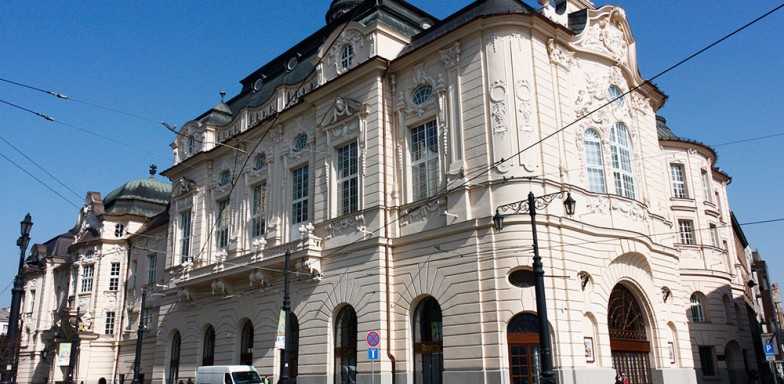
This sumptuous building, dating from 1911-1915, was built in eclectic style on the former site of a baroque granary from the 18th century.
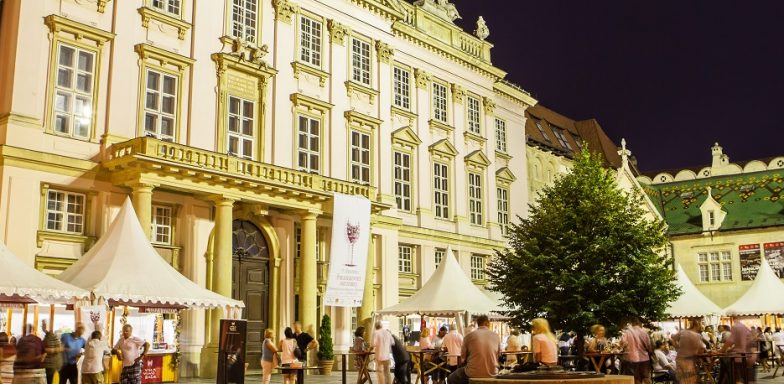
The Primate’s Palace (1778-1781) was built on property originally belonging to the archbishop of Esztergom. The facade of the palace is in strictly classical style.
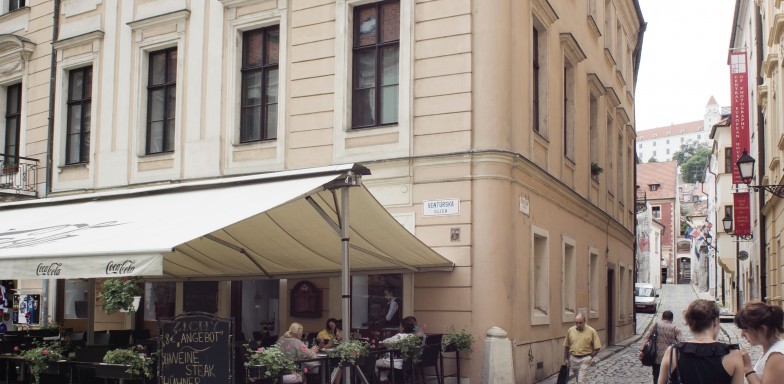
This palace was built for the main administrator of imperial property on the king’s estate, Leopold de Pauli, in 1775-1776.
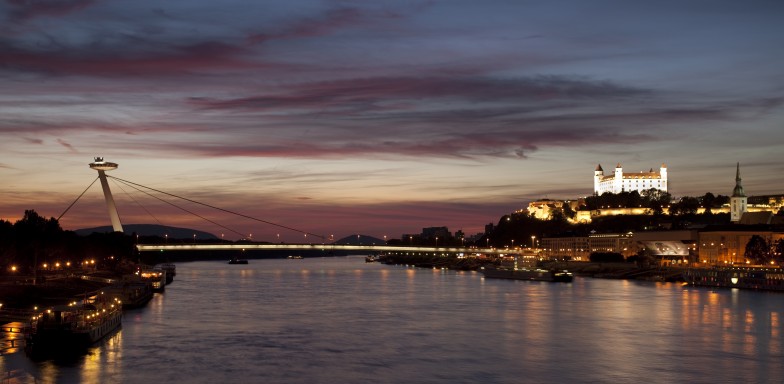
The Bridge of the Slovak National Uprising built in 1967-1972 was given the label of the most characteristic building of the city. The authors J. Lacko and A. Tesar designed it as a cable-stayed bridge with one pylon. On top of the 80 metres tall pylon, there is a reastaurant accessible by a lift in […]
